The electric car of the year 2024 has many qualities, we highlighted them during its test, but is it a real road car? To put it another way, is it reasonable to take to the road and cover hundreds of kilometers with Renault's 100% electric SUV? To find out, there's nothing better than to indulge in the exercise, which we did a few days ago on our favorite test route between Île-de-France and Vendée.
We have gotten into the habit of doing this 480 km route with several electric vehicles. The stated objective of each crossing: to limit ourselves to a single charge, as short as possible. This is what we tried, with the “Alpine Spirit” version of the electric SUV, on a round trip of around 1000 km.
Objective of the exercise: to test the Scenic’s consumption on long journeys in real conditions, but also life on board and the capabilities of its route planner. At the end of this second test, the aim of which is to complete our first test of the Renault Scenic E-Tech, we have chosen to focus on five lessons. They are essential to understanding how the Scenic became Renault's first true electric road car.
1 – On-board comfort that does not diminish
Before talking about technology and pure performance, let's perhaps start with what might seem incidental, but is not. Life on board the electric Scenic, and its driving are particularly pleasant. Renault has done an excellent job of making its interior welcoming and the on-board environment ultra-comfortable, whether in the front or in the back. In addition to having a substantial amount of space, occupants can also appreciate the work done in terms of soundproofing. This is a constant on electric cars, but not all of them achieve the same level of results, especially when driving at 130 km/h on the motorway. With Renault's electric SUV, the road noise is obviously present, but it remains muffled.
The central screen running under Android Automotive offers navigation close to Android smartphones despite the in-house OpenR overlay. As for the instrument screen, it offers just what is needed for the driver who no longer needs to look away regularly, as can be the case on a Tesla Model Y, for example.
2 – Significantly higher consumption than in the city
During our first test of the 100% electric Renault Scenic E-Tech, we were unable to determine the SUV's consumption on the highway. We wrote this at the time: "Our two test loops of nearly 300 km in the vicinity of Malaga in Andalusia allowed us to observe an average consumption of between 17 and 18 kWh/100 km. Extrapolating these figures, we arrive at a total of around 370 km on the motorway, which would make the Scénic E-Tech an electric road car. In purely urban use, it even seems possible to approach 600 km, as the SUV manages to reduce its consumption in this configuration."
And in reality? What is this 87 kWh battery really capable of? The result is quite close to our estimate, because with 26 kWh/100 km of average consumption, we were actually able to drive around 330 km before having to stop at a charging station. Of course, this figure remains theoretical and the result of a 1000 km journey in relatively mild conditions (mild temperatures but lots of wind). It can vary depending on other parameters such as the outside temperature, of course, but also the tire pressure or the use of the air conditioning on board.
Ultimately, the consumption observed on the highway is much higher than on the secondary roads that we took during our first test. This is quite normal, but given the 625 km of autonomy announced, it was possible to hope for slightly better.
3 – 300 km without stopping is guaranteed
In our electric car testing protocol, the symbolic bar of 300 km traveled determines whether a car can be classified as a road car. In the case of our test, at 130 km/h on the motorway for a good part of the journey, the Scénic achieves this result without difficulty.
As we said earlier, at this speed, it is possible and feasible to aim for 330 km without stopping to charge in conventional conditions. The good news is that as soon as the speed is reduced a little, on sections limited to 110 km/h or when traffic jams form, consumption is drastically reduced, which inexorably extends the autonomy.
4 – The charging curve holds up
At least as much as the size of the battery, what counts on long journeys is the time needed to charge it. In the case of Renault's electric SUV, if the size of the accumulator suggests the best (87 kWh), the charging speed (150 kW) leaves room for some fears. This power is even reduced to 130 kW for the version equipped with the 60 kWh battery.
However, the manufacturer announces respectable charging times with 20% to 80% in 37 minutes. In our case, we were able to verify this prediction only on one of our two charges. The transition from 19 to 79% was achieved in precisely 38 minutes. An unexpected shutdown of the terminal during our second rapid charge deprived us of a second reliable measurement. On the other hand, in both cases, we were able to see that the charging curve was held rather well and that, up to 70%, the Scenic could hope to charge at 100 kW. Beyond this threshold, the curve slowly collapses and it then takes almost as long to fully charge the battery.
40 minutes of stopping every three hours is not prohibitive, in fact, but it should be kept in mind that the total of 330 km should be considered with a full charge. With 80% battery at the start, the range is reduced to 265 km. This still makes a total of almost 600 km with a single stop, which should cover a good part of the journeys, even long ones.
Nevertheless, the Scenic's 150 kW charging speed can only be considered one of its weak points, especially when its most serious competitors, Tesla Model Y in the lead, offer significantly shorter charging times.
5 – The planner is not perfect
Considered one of the best tools on the market, the Google planner is the one that equips the electric Scenic and, for good reason, Renault relies on Google Automotive to manage its interface. In our case, the planner proved to be quite accurate on both the outward and return journeys, indicating only one stop.
On the other hand, the route management tool quickly fails when you don't follow its instructions. For example: having the necessary reserve to stop at the next motorway service station, we decided to ignore Google's recommendation on our return journey. After insisting on forcing us to take the next exit and retrace our steps, the planner ventured for a few minutes to offer us a top-up charge at an 11 kW terminal... It was only when we were approaching our target destination, i.e. less than 5 km from the fast terminal, that the Scénic's route planner came to its senses to confirm that we could finally reach our destination.
This is an example of the current weaknesses of this type of tool, which can only be based on the few dozen km previously travelled to estimate the autonomy in real time. Moreover, Renault's proposal to indicate two autonomy values (on the highway and in the city) is rather a good idea, but it does not hide the (small) weaknesses of its planner. In the end, the Google Maps tool can be used without risk, you just have to keep in mind that it is rather cautious in its recommendations and that a "human" reflection can easily complete or improve its recommendations.
Verdict of the test:
At the end of this 1000 km test, carried out in two stages, it appears that the 100% electric Renault Scenic E-Tech is not only one of the best electric cars of recent months, it is also a very honest electric road car that allows you to take to the road without fear of repeated trips to the DC terminal, or even interminable recharge times. However, the fast charging speed of 150 kW is in our opinion a slight weakness. This is acceptable considering the value for money of Renault's electric SUV, but we can't help but think that a little extra effort from the manufacturer with the diamond on this point would have done wonders. In the meantime, it's a successful mission, one more, for this new electric Scénic.

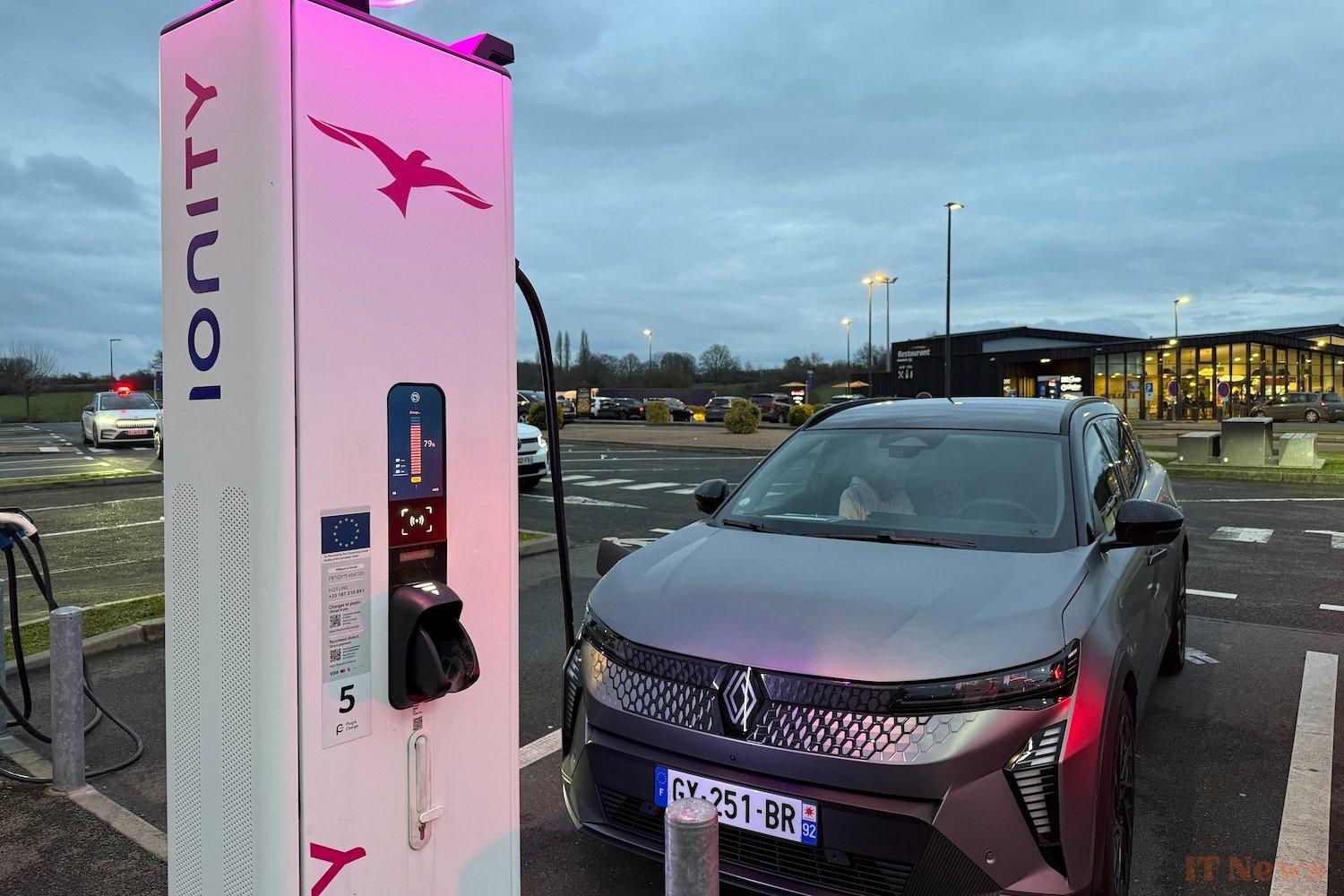
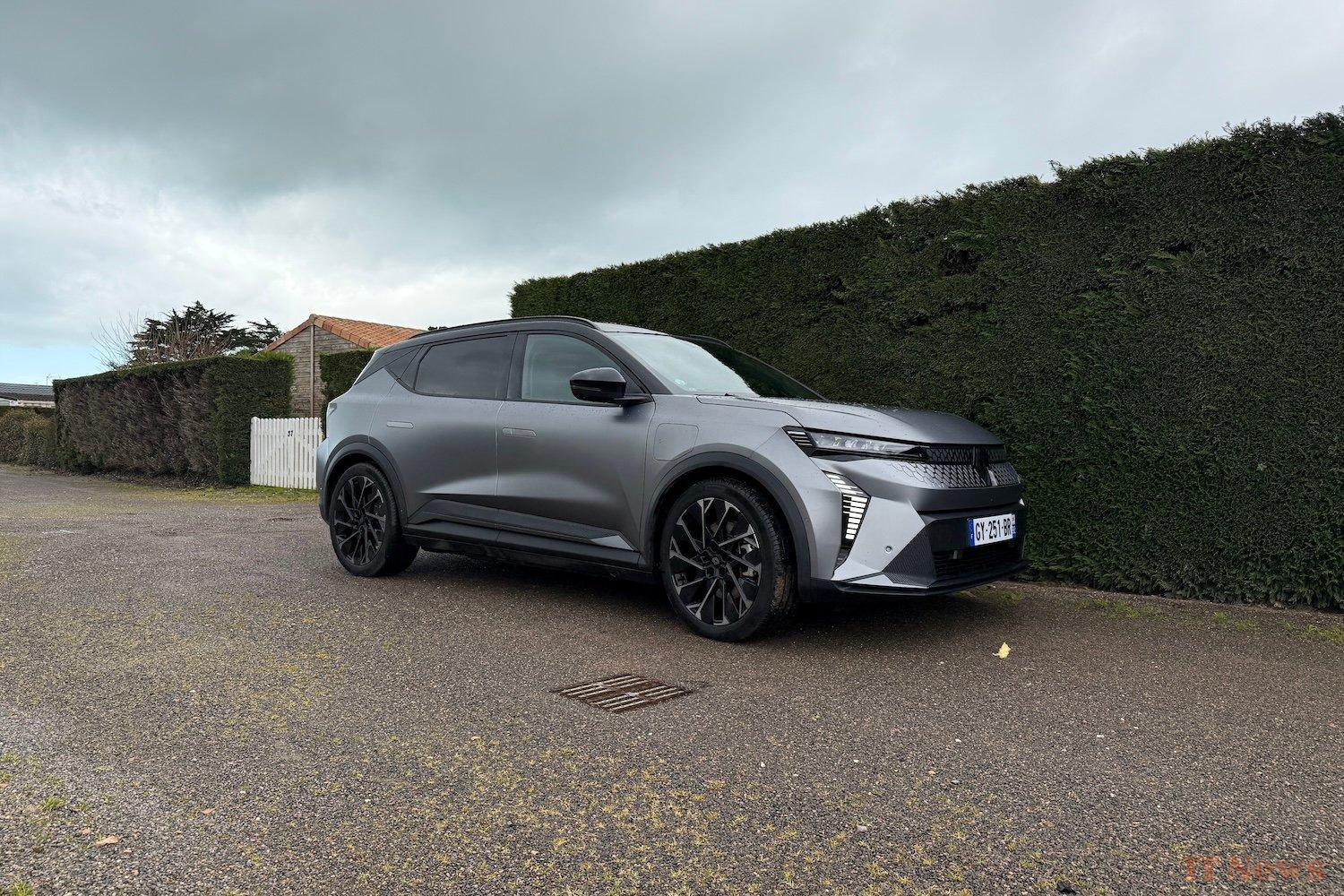
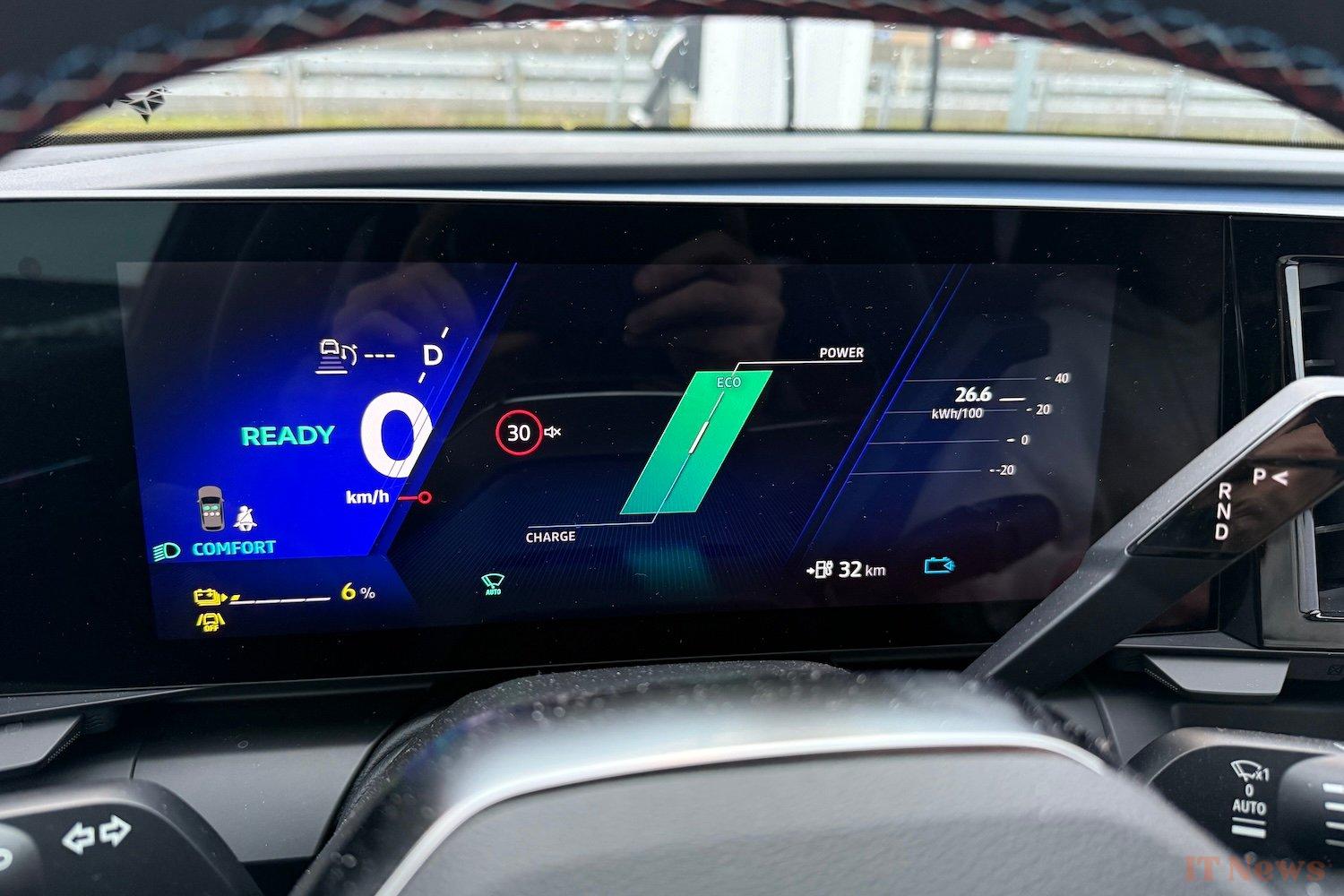
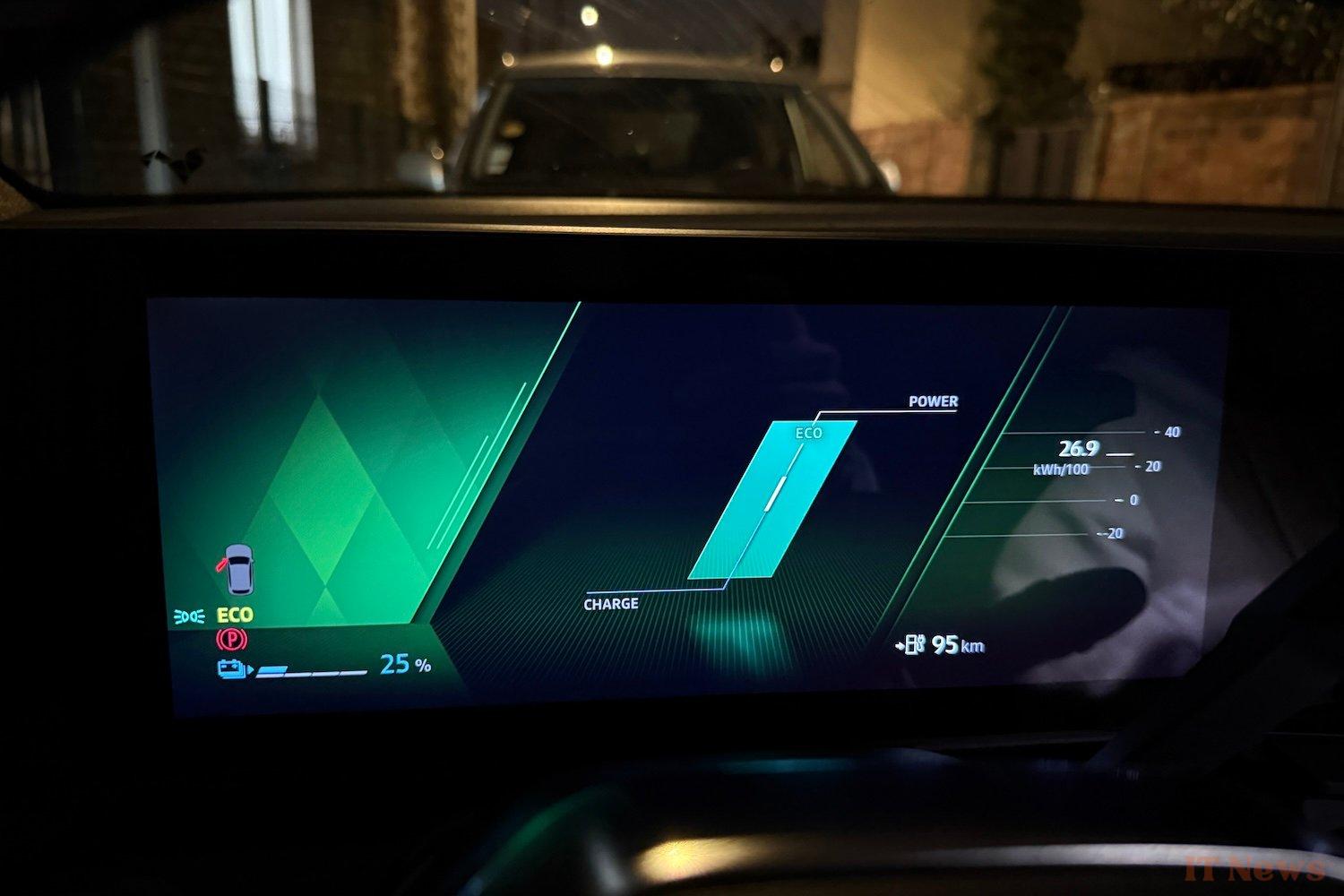
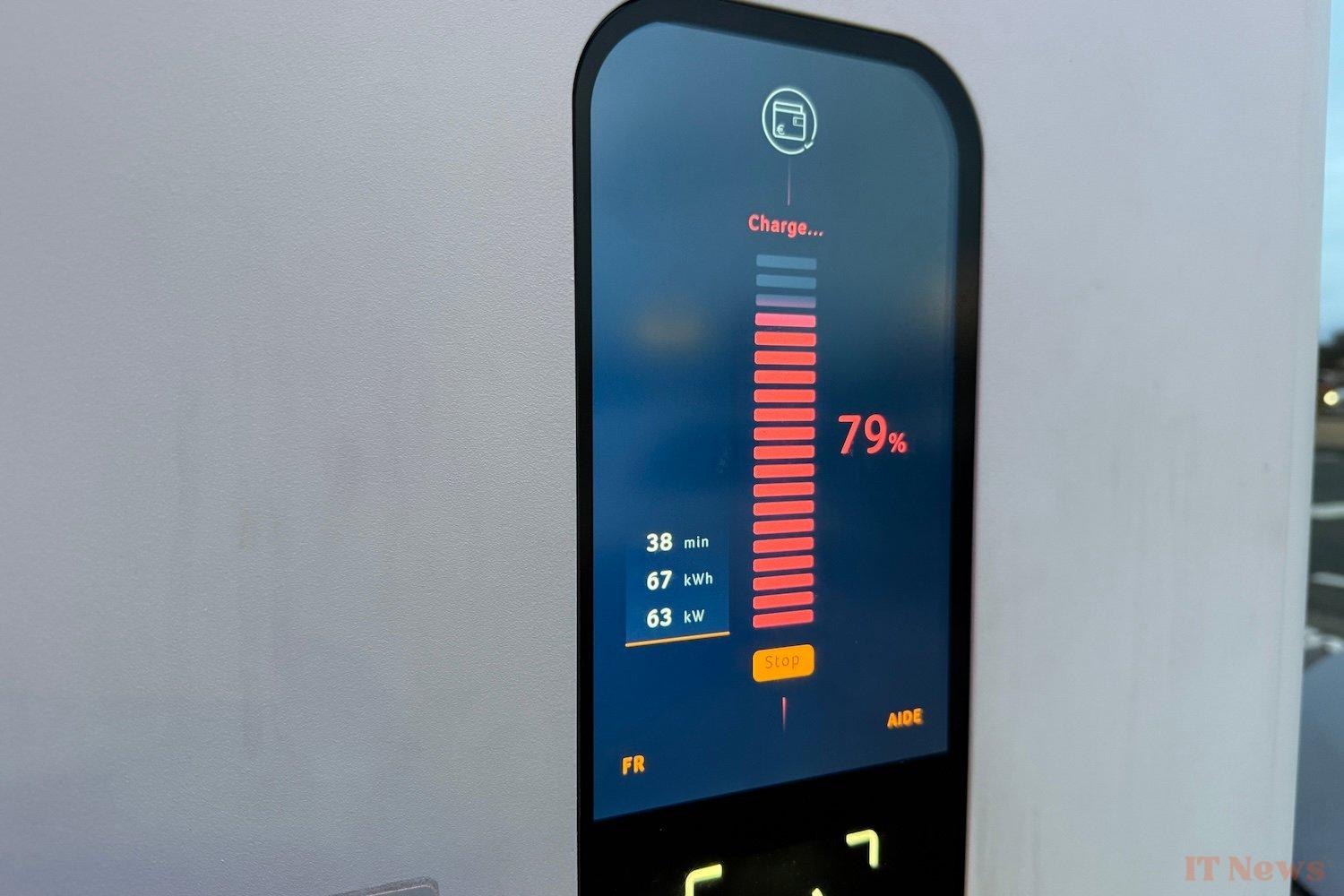
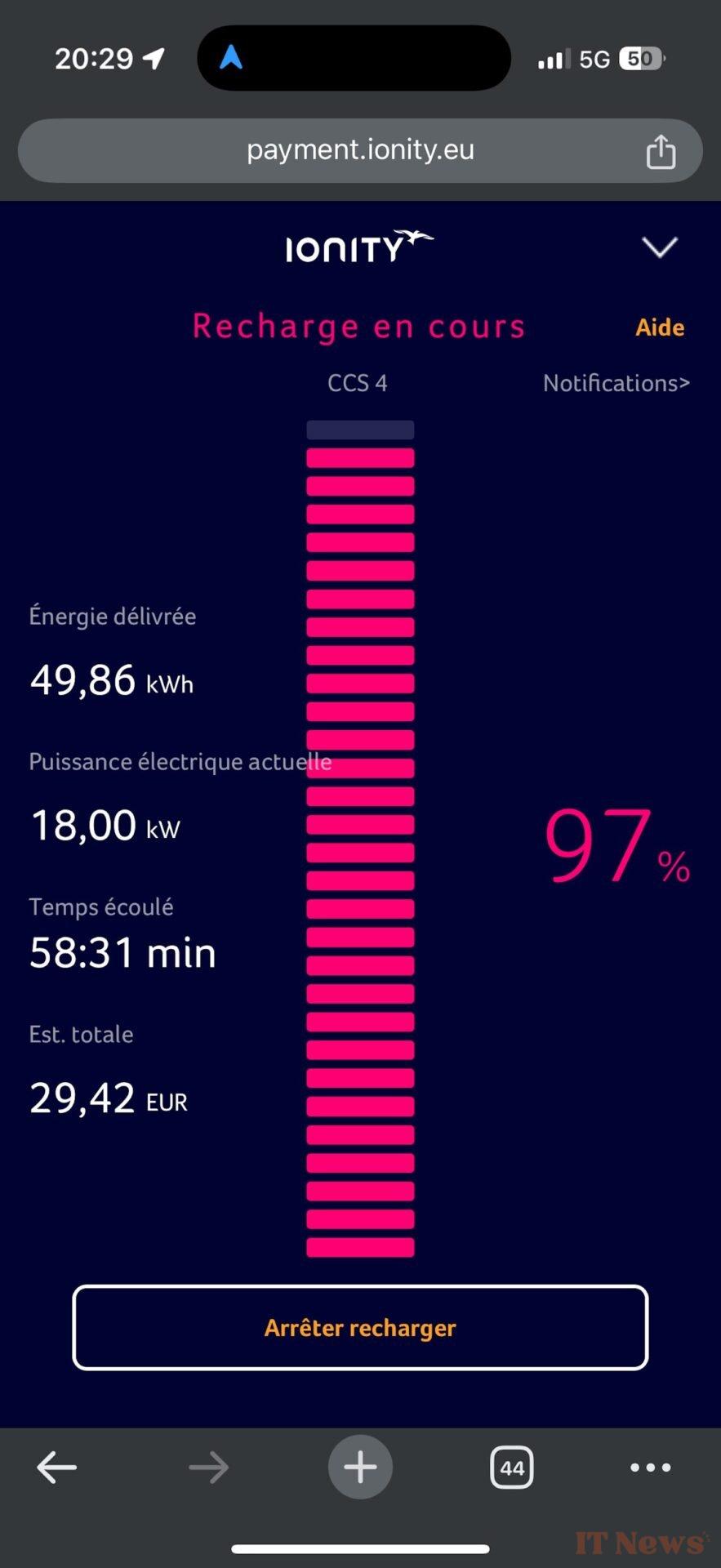


0 Comments